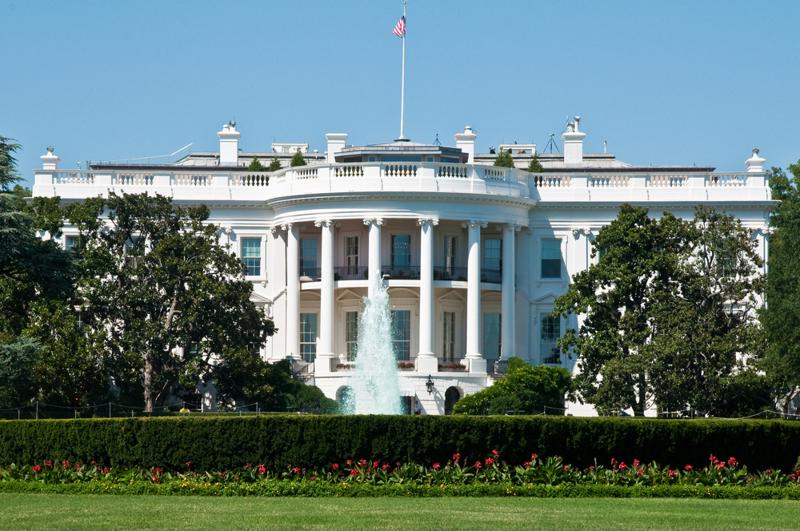Consultants to Contact
- Allison Musso - Vice President & Consulting Actuary (Dallas)
- Bonnie Albritton - Vice President & Principal (Dallas)
- Brian Rankin - Vice President & Principal (Washington, D.C.)
- Brian Stentz - Vice President & Principal (Dallas)
- Cabe Chadick - President & Managing Principal (Dallas)
- Chris Merkel - Senior Vice President & Principal (Kansas City)
- David Dillon - Senior Vice President & Principal (Dallas)
- Daniel Moore - Vice President & Senior Consulting Actuary (Dallas)
- David Palmer - Vice President & Principal (Baltimore)
- Glenn A. Tobleman - Executive Vice President & Principal (Dallas)
- Heather Robinson - Senior Consultant & Director - Underwriting (Kansas City)
- Jamie Fender - Vice President & Consulting Actuary (Dallas)
- Jason Dunavin - Vice President & Senior Consulting Actuary (Kansas City)
- Jeffrey D. Lee - Vice President & Consulting Actuary (Kansas City)
- Josh Hammerquist - Vice President & Principal (Dallas)
- Jing Qian - Vice President & Consulting Actuary (Dallas)
- Jacqueline Lee - Vice President & Principal (Dallas)
- Kevin Ruggeberg - Vice President & Senior Consulting Actuary (Dallas)
- Kim Shores - Vice President & Principal (Kansas City)
- Muhammed Gulen - Vice President & Legal Consultant (Dallas)
- Moshe Nelkin - Senior Consulting Actuary (Dallas)
- Mark Stukowski - Vice President & Principal (Denver)
- Patrick Glenn - Vice President & Principal (Kansas City)
- Robert Dorman - Vice President & Consulting Actuary (Dallas)
- Traci Hughes - Vice President & Senior Consulting Actuary (Dallas)
- Vickie Goodman - Vice President & Director - Compliance (Kansas City)
Testimonial
The uncertainty over the future of health care and health insurance has been looming over both industries for some time now, and things are no clearer today than they were before federal lawmakers tried and failed to repeal the Patient Protection and Affordable Care Act. These issues are now occurring on multiple fronts at both the state and national levels, simply because there are so many moving parts.
The latest issue arose as a result of President Donald Trump signing an executive order that would effectively end subsidies paid to health insurers for help paying for coverage for low-income individuals who buy their health insurance through their state or federal marketplaces, according to the Washington Post. These subsidies total about $7 billion per year and help to significantly reduce the cost of care through deductibles and out-of-pocket expenses. Insurers are required by law to help low-income Americans pay these costs, and the change could send premiums skyrocketing.
These payments are, however, different from those used to help boost affordability for the vast majority of people who buy coverage through the exchanges.

CHIP faces uncertain future
Meanwhile, Congressional lawmakers have yet to extend funding for a very different kind of health insurance, according to CBS News Moneywatch. The Children's Health Insurance Program, which insurers about 9 million children from low- and middle-income families who cannot afford health care coverage of their own, could soon see its funding run out, after Congress failed to pass a measure that would extend that funding before a Sept. 30 deadline.
With that deadline having been missed, it's believed 11 states will run out of money for their CHIP programs before the end of 2017, and 32 will run out by March. The news came as a major shock to observers in the health care field. As a result of this issue, many states aren't sure how to proceed – after all, Congress could extend CHIP with a single vote in short order – but want to give affected families enough notice that they can seek alternatives, if possible.
A state-level issue
Meanwhile, many insurers are still pulling out of individual state exchanges or altering the plans they offer through them, and leaving individuals scrambling less than a month before the shortened open enrollment period begins, according to the Des Moines Register. These hurdles could result in thousands or more people in a number of states having difficulty finding coverage that works for them based on their health care needs and finances.
In Iowa, state officials have proposed a “stopgap” measure to the federal government to shore up these markets, but that will have to be approved by Oct. 19, or not at all, the report said. However, Trump has already spoken out against the proposal, so it is considered unlikely to be accepted by federal officials.
With all these moving parts, there's little individuals or even health insurers can do to give themselves more certainty about the market. The best insurers can do is monitor the situation and educate consumers about all the twists and turns the situation takes, and what that will mean for them going forward.
